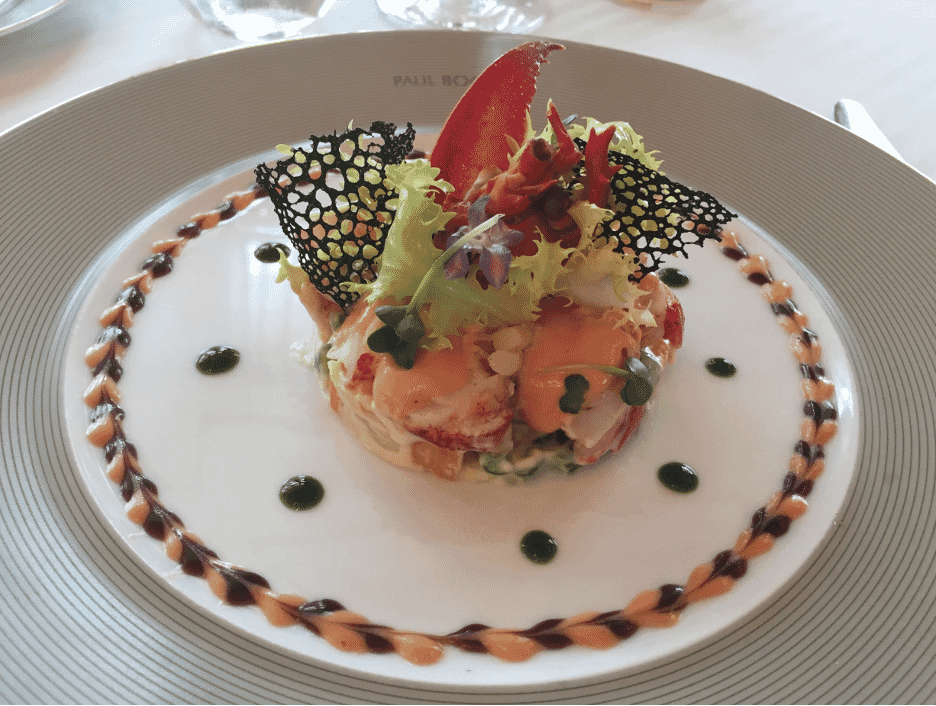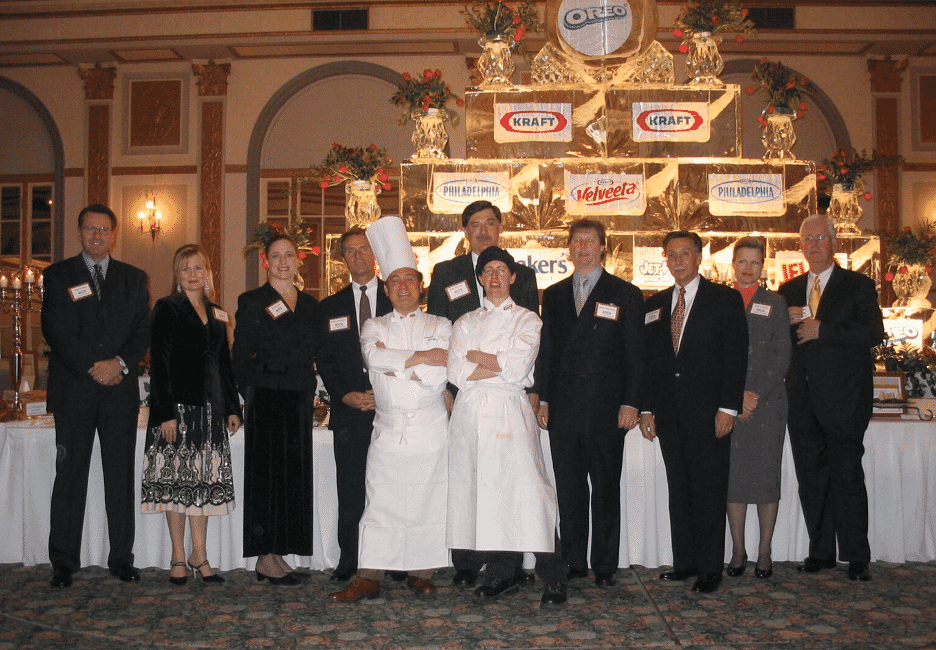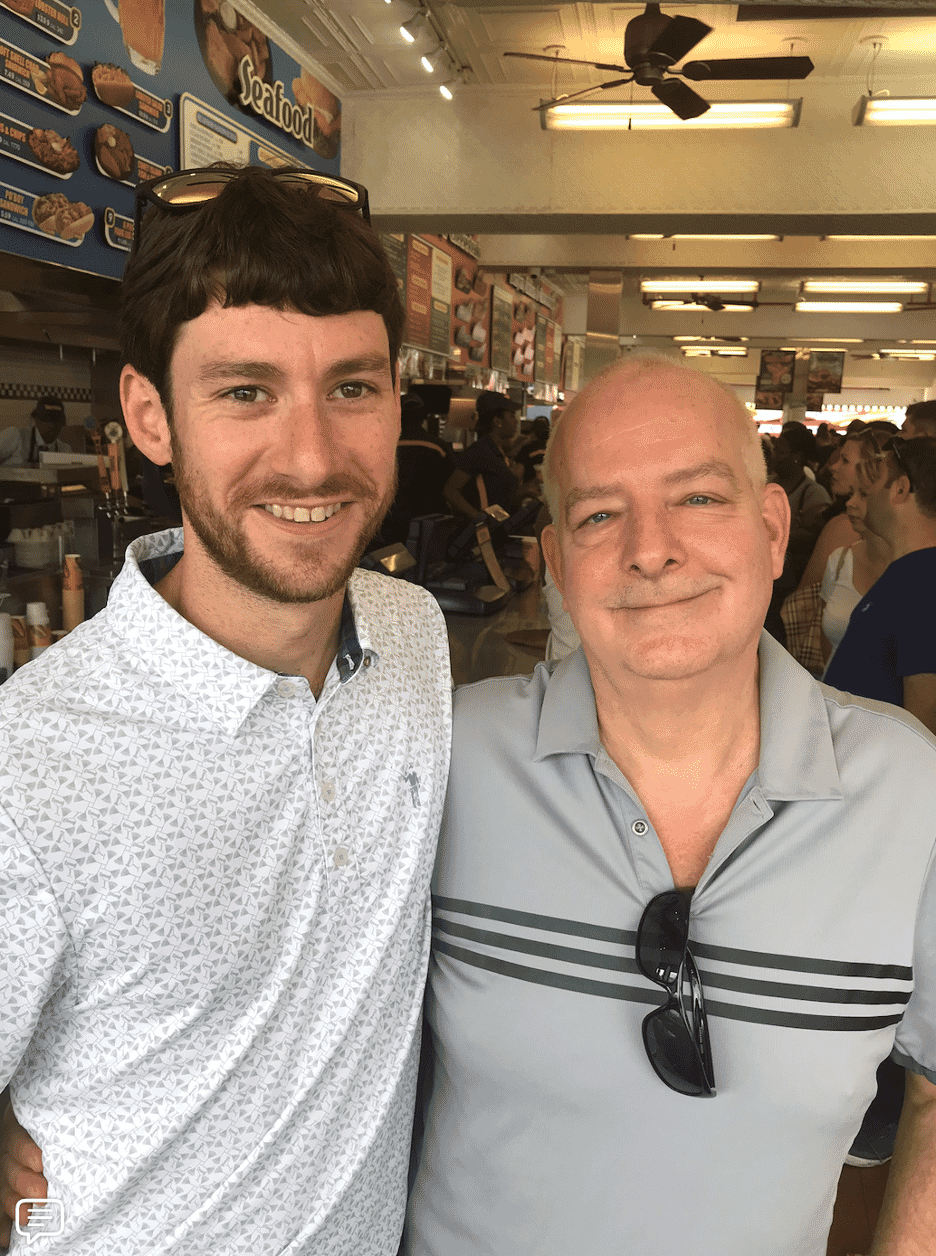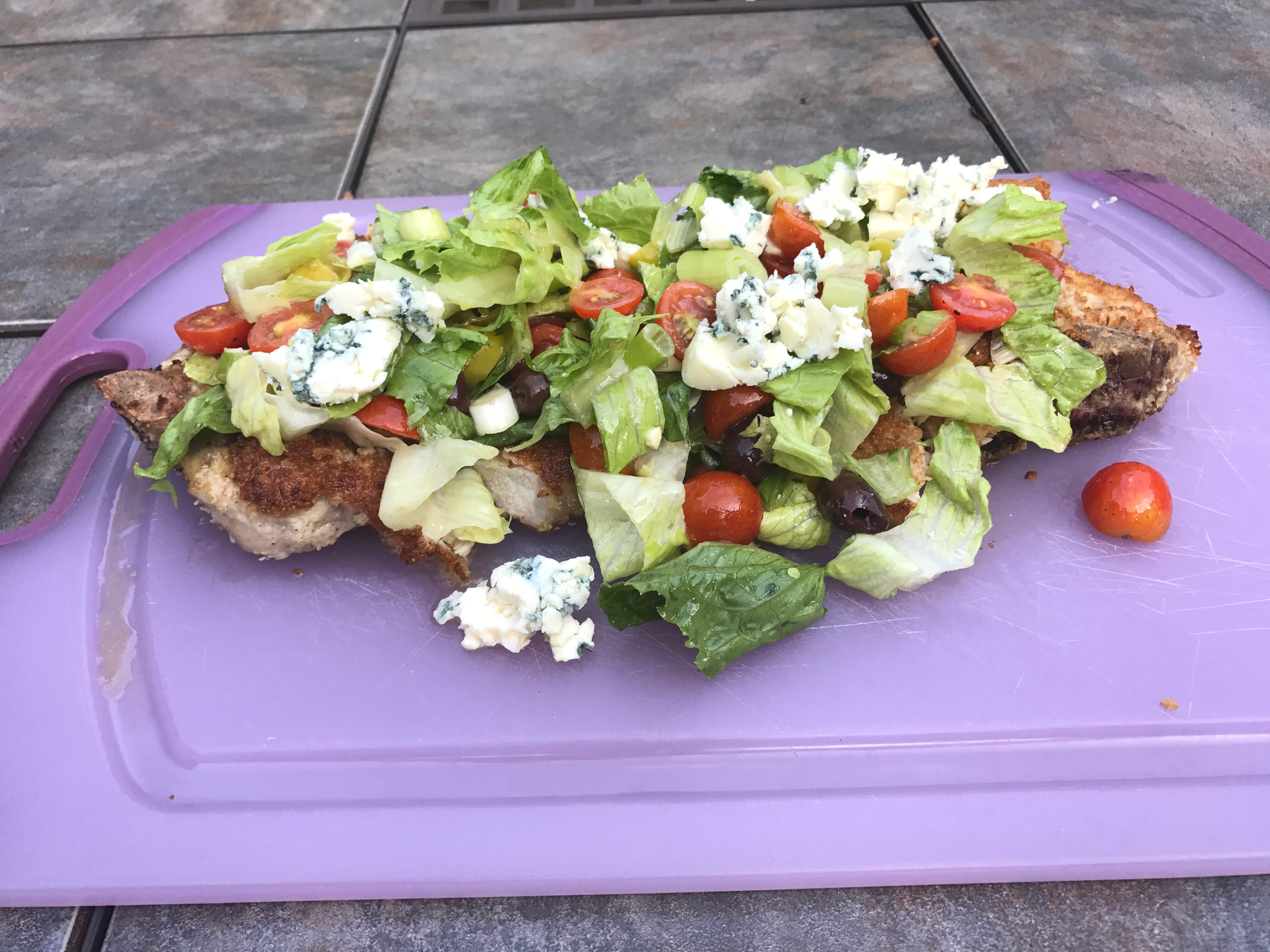One of my favorite things about the highly acclaimed French Chef Paul Bocuse was his gift for marketing. On his passing in 2018 the New York Times said:
Mr. Bocuse, a tireless self-promoter, was a constant presence in the news media and on television. “You’ve got to beat the drum in life,” he told People magazine in 1976. “God is already famous, but that doesn’t stop the preacher from ringing the church bells every morning.”
Paul Bocuse was one of the early developers of nouvelle cuisine in France and around the world Bocuse was an inspiration for my friend and culinary muse Lucien Vendome (Feature picture has Bocuse & Vendome together in 2012). Lucien had an impactful career with Nestle as their director of Cullinary innovation, and innovation was something Bocuse clearly mastered.
In his obituary, The NY Times said “Following the lead of Fernand Point, the spiritual father of nouvelle cuisine and a mentor to many of its pioneers, Mr. Bocuse shaped a style of cooking at the restaurant that stressed fresh ingredients, lighter sauces, unusual flavor combinations and relentless innovation that, in his case, rested on a solid mastery of classic technique”.
One of my favorite stories from Lucien on Bocuse was, when being asked about the explosion of Nouvelle Cuisine around the world, Bocuse said: “I love Dover Sole and I love Blueberrys just not necessarily together”. Combining unusual ingredients can be a beautiful thing. Great chefs find ways to bring ingredients together, layering in flavor in such a way that delights the eye and amazes the palate.
“It is not true that Paul Bocuse invented Nouvelle Cuisine,” he told The Wall Street Journal in 2011. “There were a few dishes that were developed lighter, but that is normal in cooking. The term Nouvelle Cuisine as it came to be known was nothing to do with what was on the plate, but what was on the bill.”
Bocuse’s product… when does a lobster salad become a work of art
That ladies and gentlemen is MARKETING. Bringing attention to your product and garnering a higher return on investment. It doesn’t matter if you are a marketer at a Fortune 500 corporation or making an appetizer for friends at your wine group. If you can make a good product and bring attention to it…that is good Marketing
A team of Marketers from our Kraft Food Ingredient days bringing attention to good products
If you enjoyed this blog and similar other stories/wine group/supper club lessons follow me on Facebook and Twitter and subscribe to get future blogs at www.impromptufridaynights.com/blog and check out my book Impromptu Friday Nights a Guide to Supper Clubs. Published by Morgan James Publishing and available through most channels where books are sold.









